The Dullahan, often referred to as Ireland’s headless horseman, is a chilling figure in Irish folklore. Known for his deathly ride and his role as a harbinger of death, the Dullahan has left an indelible mark on the Irish imagination. This article will explore the origins, descriptions, legends, and modern depictions of this captivating figure from Irish folklore.
Origins of the Dullahan
The Dullahan is one of the most feared figures in Irish mythology. The name ‘Dullahan’ is derived from the Irish ‘dulachán’, meaning ‘dark man’, an apt description of this grim entity. He is considered part of the ‘unseelie court’ of the fairy realm, a group of malevolent or mischievous beings in contrast to the benign ‘seelie court’.
The Dullahan’s origins are shrouded in mystery, but it is thought that he may be a remnant of the ancient Celtic god Crom Dubh, who was worshipped by a pre-Christian, Celtic society known as the Érainn. Crom Dubh was associated with fertility and the harvest but was also a symbol of sacrifice and death, attributes that are echoed in the figure of the Dullahan.
Descriptions and Depictions of the Dullahan
The Dullahan is often portrayed as a headless horseman, riding a black horse and carrying his head under his arm. Despite his lack of a head, the Dullahan is said to have supernatural vision, able to see across vast landscapes and through the darkest nights. His head is described as having the texture and color of moldy cheese or stale dough, with a malicious grin stretching from ear to ear.
The Dullahan carries a whip made from a human spine and often pulls a wagon adorned with funeral objects such as candles in skulls and covered in dried human skin. When the Dullahan stops riding, it is said that someone is about to die. He calls out the person’s name, drawing out their soul for their impending death.
Legends and Folklore of the Dullahan
The Dullahan is known for his deathly ride through the Irish countryside, signifying the impending death of a person. It is said that when the Dullahan stops, he calls out the name of the person who is about to die, causing their spirit to depart from their body.
There are numerous tales of encounters with the Dullahan. In many of these stories, the protagonist manages to escape the Dullahan’s notice by carrying or wearing gold, as it is believed that the Dullahan has an irrational fear of this precious metal.
Interestingly, in some regions of Ireland, the Dullahan is depicted not as a headless horseman but as a headless coachman driving a black carriage, known as a ‘coiste bodhar’. This carriage, drawn by headless horses, moves so quickly and silently that it is often upon its victims before they realize it.
The Dullahan in Modern Culture
The legend of the Dullahan has transcended the boundaries of Irish folklore to become a staple in modern pop culture. The most famous representation of the Dullahan in literature is Washington Irving’s “The Legend of Sleepy Hollow”, in which the antagonist is a headless horseman bearing a striking resemblance to the Dullahan.
In films and television series, the Dullahan often appears as a terrifying figure of death. For instance, the Dullahan is featured in movies like “The Legend of Sleepy Hollow” and television series such as “Supernatural”.
The Dullahan has also found its way into video games. The character appears in games like “Castlevania”, “The Witch
“Darkstalkers”, and “Final Fantasy”, typically as a challenging adversary for the player to overcome. These modern portrayals emphasize the Dullahan’s terrifying appearance and its role as a harbinger of death.
The Dullahan in Folk Beliefs and Practices
The Dullahan’s myth has left a significant impact on Irish folk beliefs and practices. For example, the fear of encountering the Dullahan on certain nights led to the tradition of staying indoors, and it is still considered bad luck in some parts of Ireland to be out late at night, particularly on specific dates.
Additionally, the belief in the Dullahan’s aversion to gold has resulted in folk practices to ward off evil or bad luck. It’s common in some Irish regions to carry a gold object or wear a gold piece of jewelry, a custom that may have been influenced by the Dullahan myth.
The Dullahan in Comparative Folklore
The Dullahan shares similarities with other headless figures in global folklore, suggesting a common human fascination with death and the afterlife. For instance, the Germanic ‘Wild Huntsman’, the English ‘Black Annis’, and the American ‘Headless Horseman’ all bear similarities to the Dullahan. These figures, like the Dullahan, are often seen as omens of death and are associated with night and darkness.
The Dullahan and Irish Identity
The Dullahan, like many figures in Irish folklore, is deeply woven into the fabric of Irish identity and cultural expression. This mythical figure’s enduring presence in folk beliefs, practices, and contemporary media attests to its cultural significance. The Dullahan serves as a link to Ireland’s ancient past, echoing the beliefs and fears of a time when myth and reality were closely intertwined.
The Dullahan’s Influence on Modern Perceptions of the Supernatural
The Dullahan has influenced our modern understanding of supernatural beings, particularly those associated with death. Its haunting image – a headless rider traversing the countryside at night, bringing death in his wake – has shaped portrayals of similar entities in contemporary media. The Dullahan’s tale reminds us that folklore often serves to explore human fears and anxieties, in this case, the universal fear of death and the unknown.
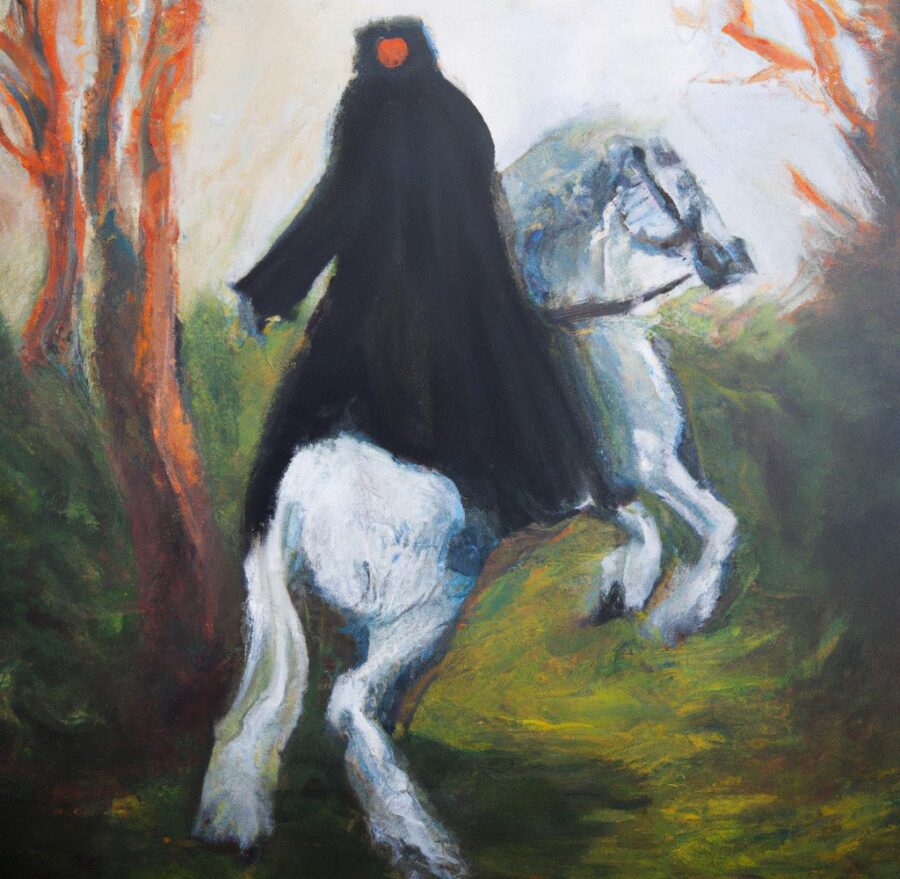


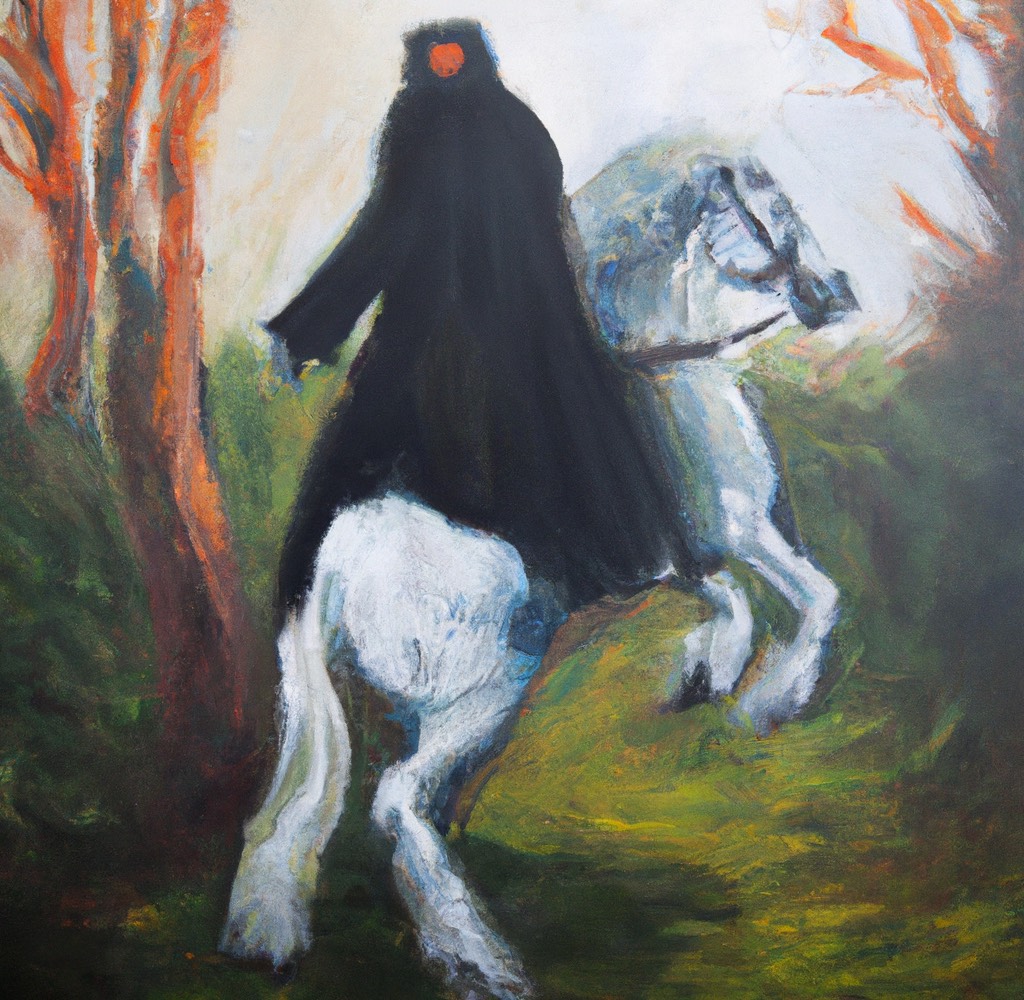
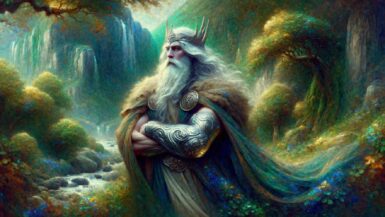
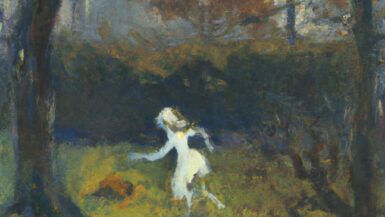
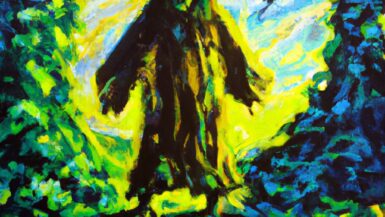
Leave a reply